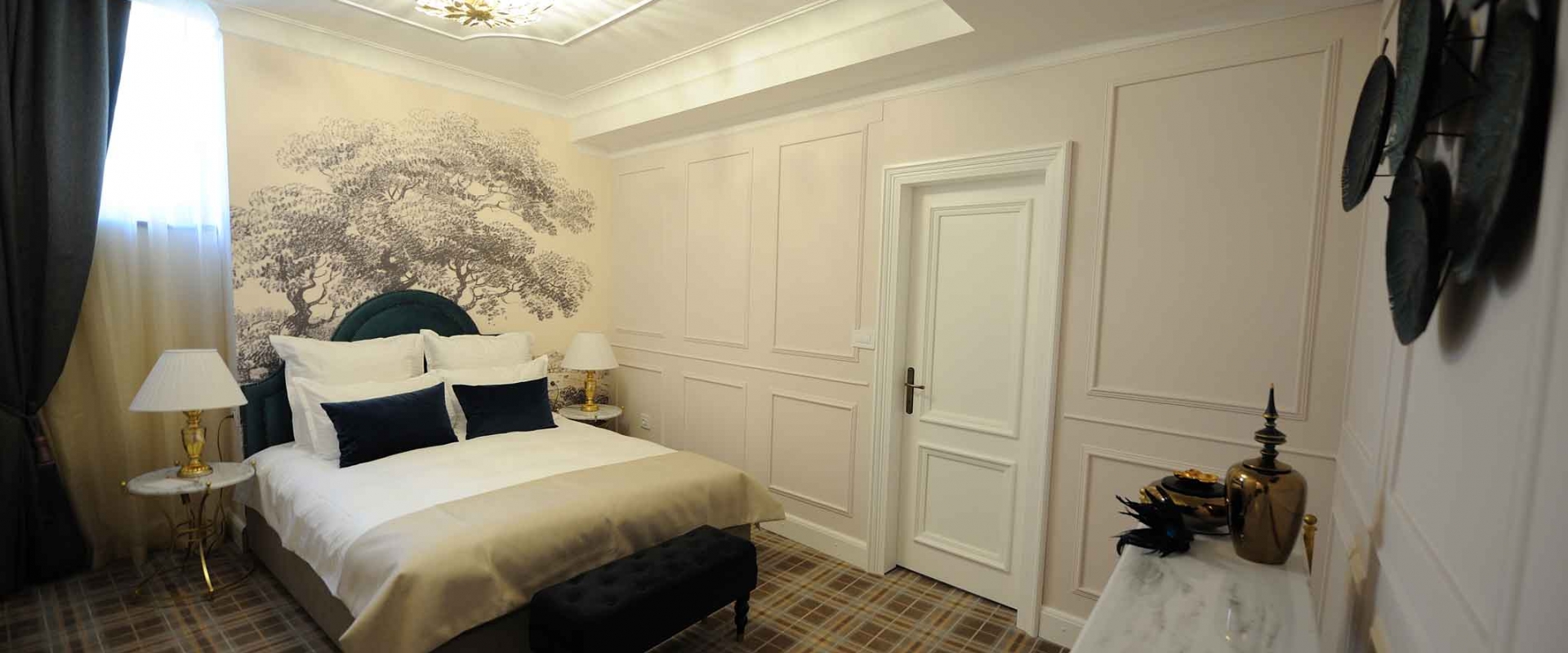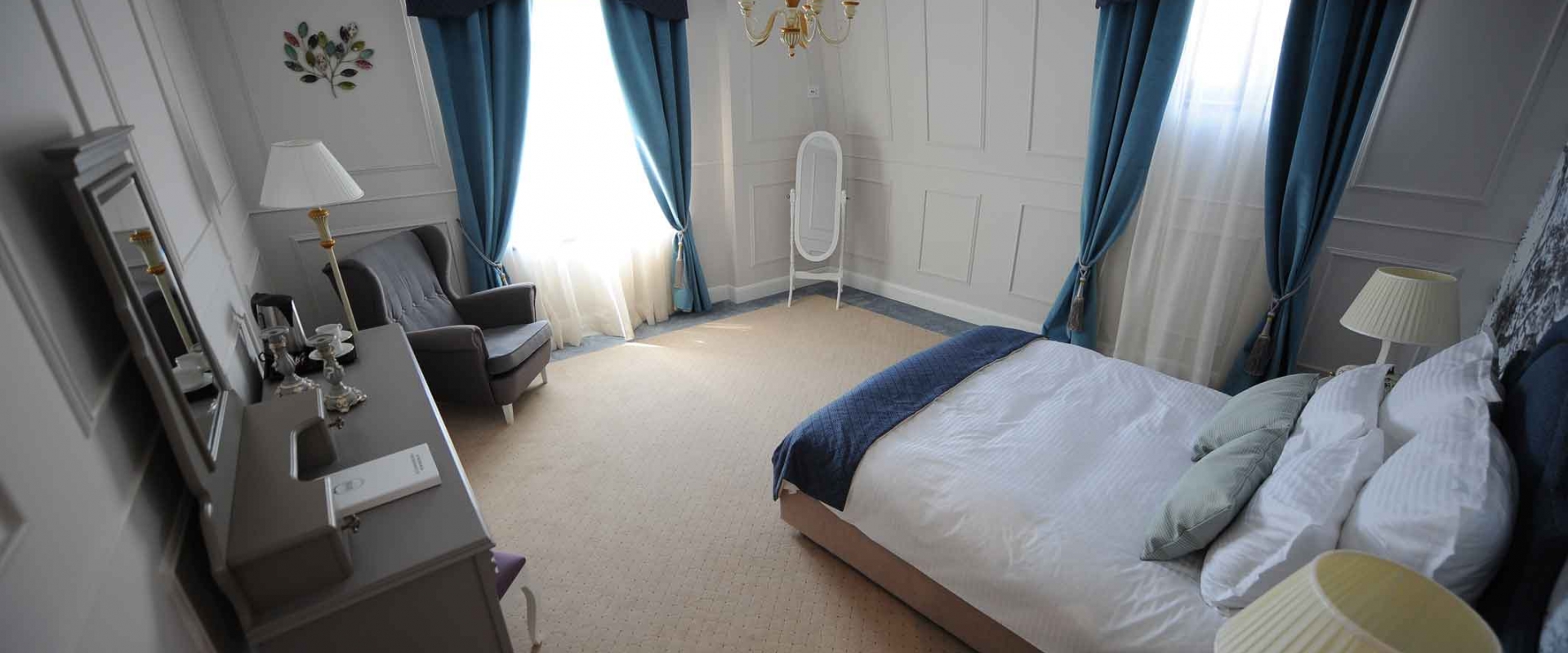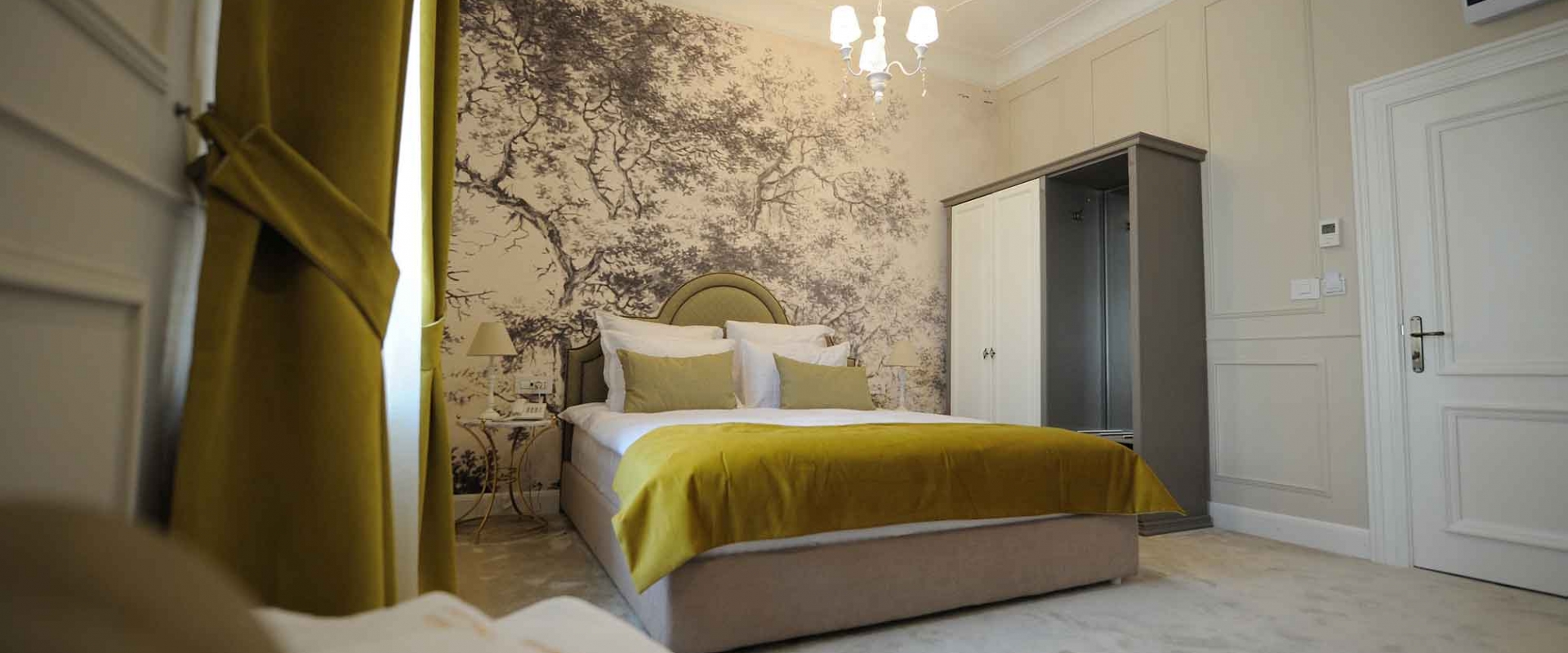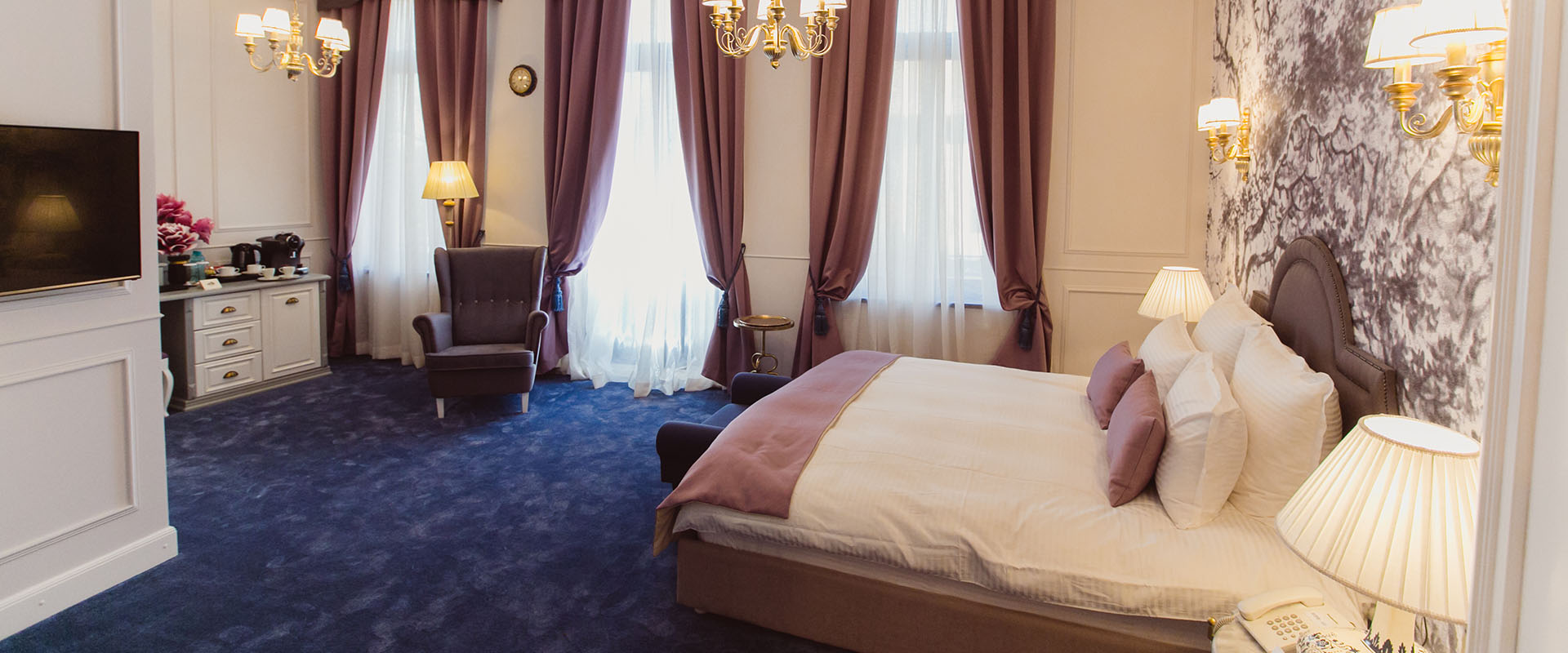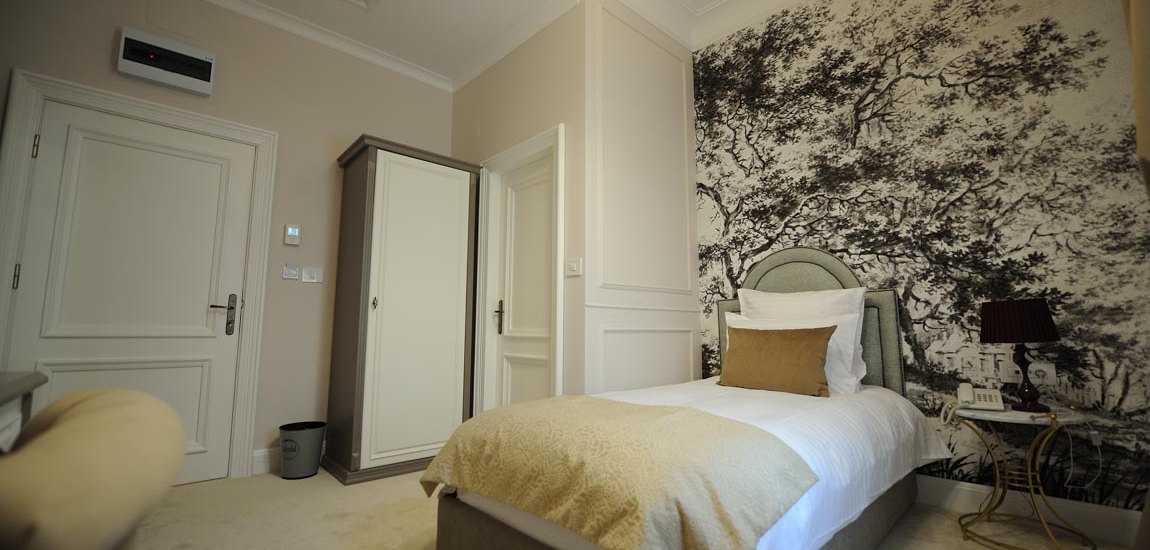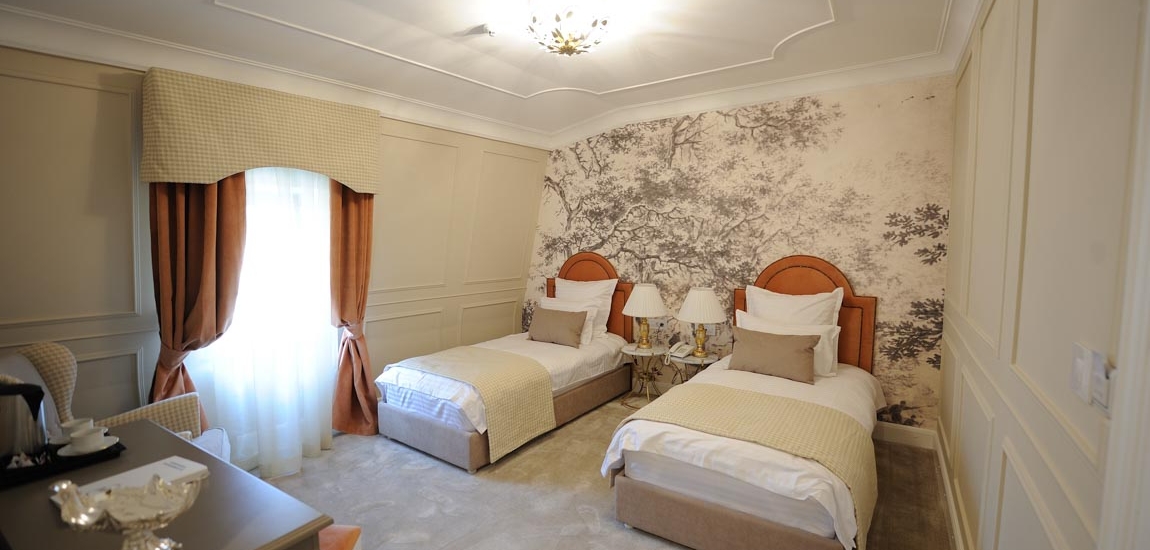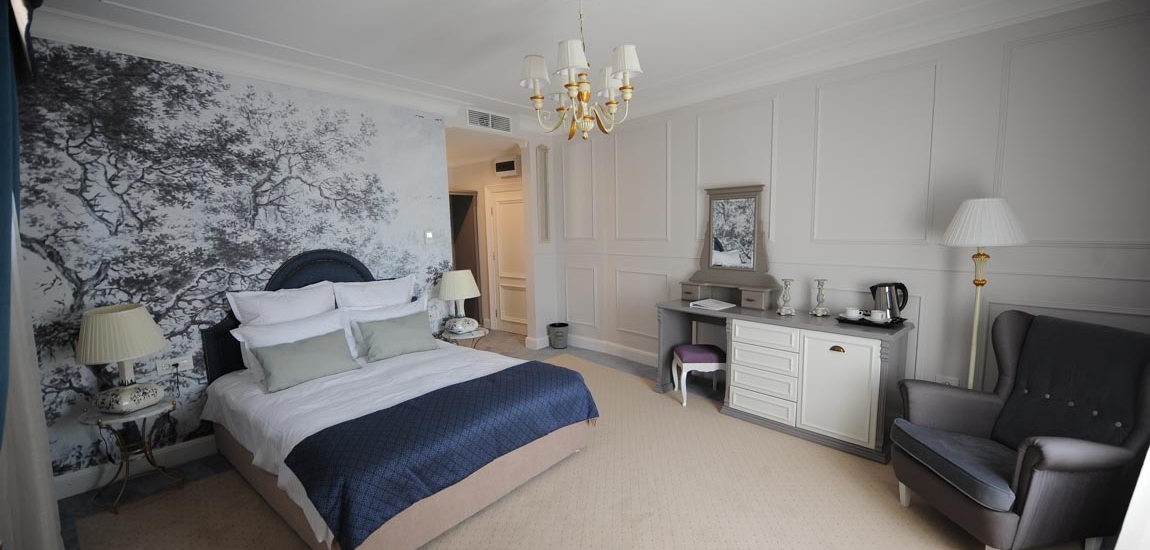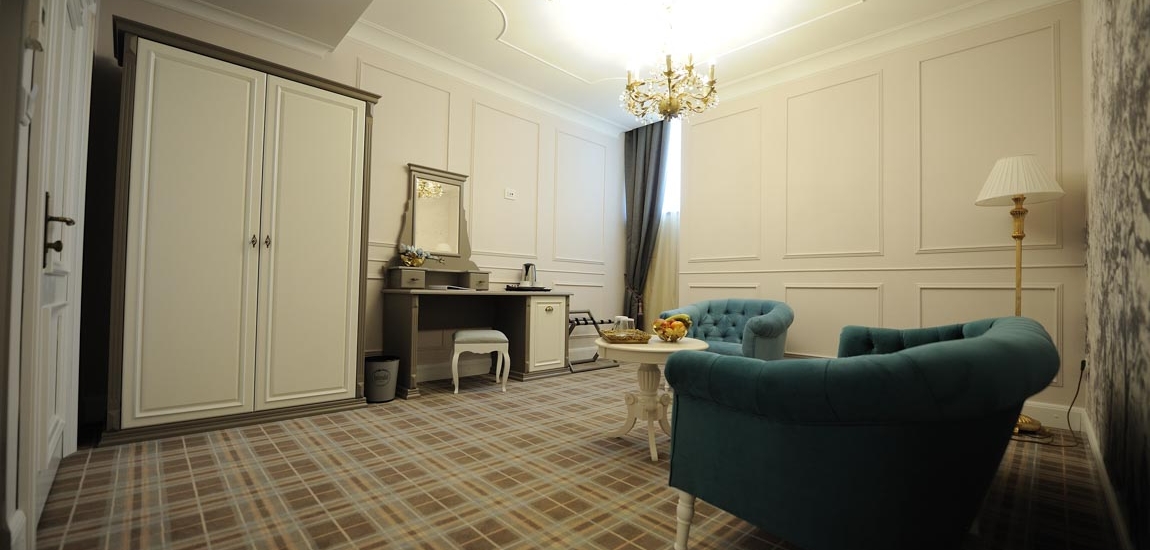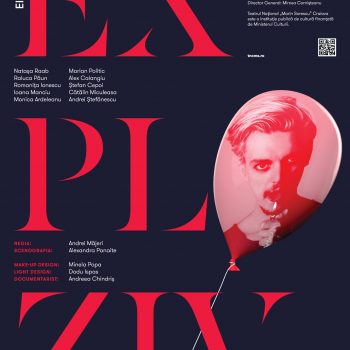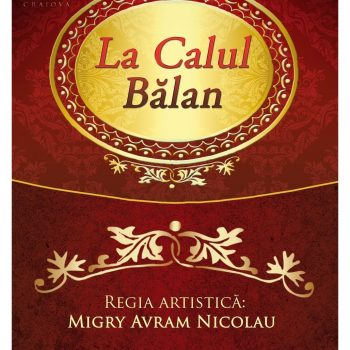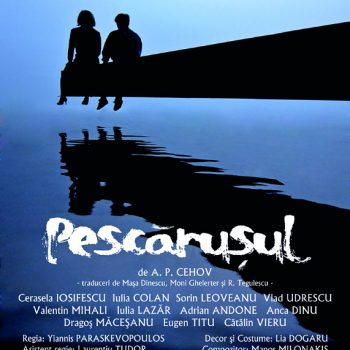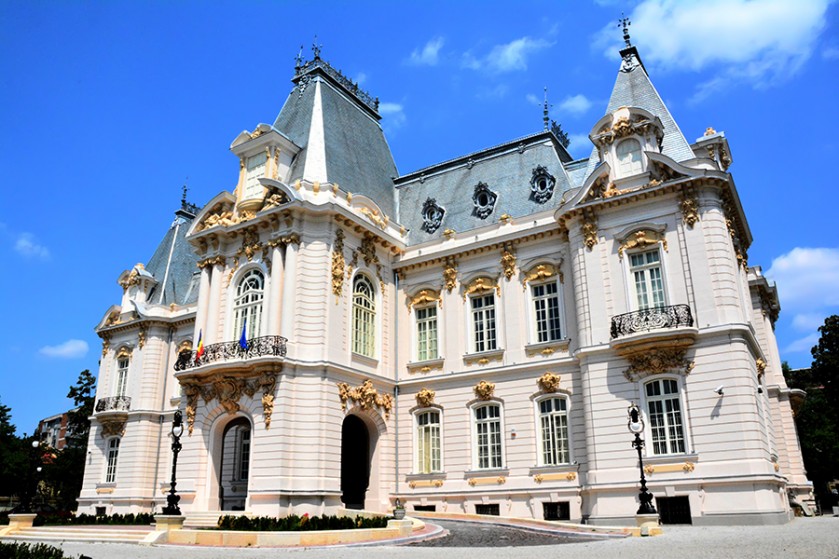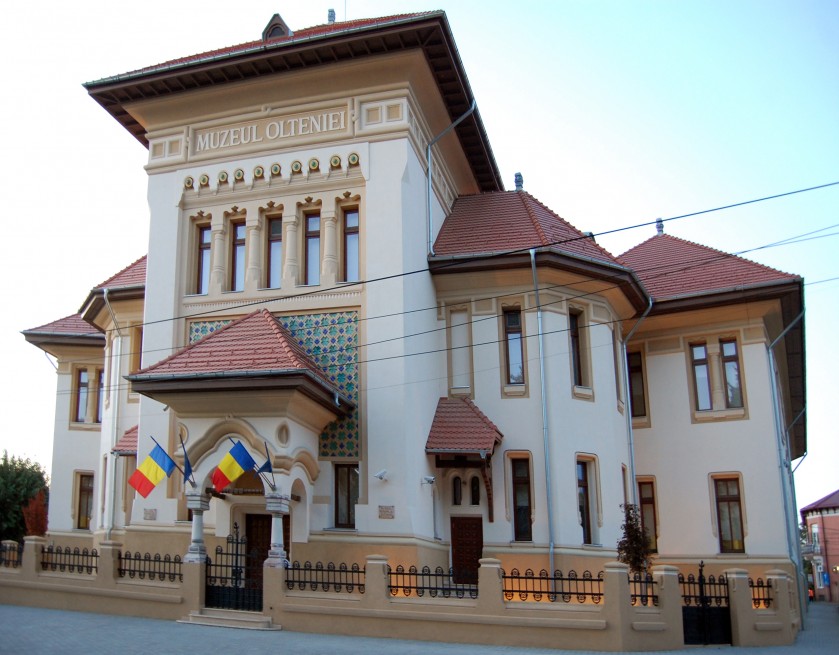Located in the old center of Craiova , across the Marin Sorescu National Theatre and University of Craiova, only a few steps from the City Hall, the Splendid Hotel offers 24 accommodation reminiscent of classic elegance and Provencal style with last generation accessories that respect the standards of a 4 star hotel.
Hotel Splendid is housed in a historical building from 1900, which was a store named Sea Eagle, before the war and until 1990 housed a buffet called Splendid. Wanting to keep the tradition and the patina of time, the building has undergone a process of consolidation, restoration and decoration, keeping its name Splendid.

